On July 9th the Sri Lankan crowd stormed the Presidential palace in the city capital Colombo. President (known as Gota) and his newly installed Prime Minister resigned in a moment of intense popular anger. This event, seen by many as a democratic impulse and a popular victory, is the result of a multitude of factors and actions — which in hindsight were predictive of the end outcome.
The recent dramatic evolutions of the Sri Lankan economic crisis, the popular anger expressed on social media which quickly transformed into calls to action, and the intensification of massive protests in the street — constitute the (fatal) stages of the road to a popular revolt. This sequence of events has also been widely observed abroad with similar contexts and series of events, in which the transition from virtual to physical actions appears as an ultimate ‘red flag’.
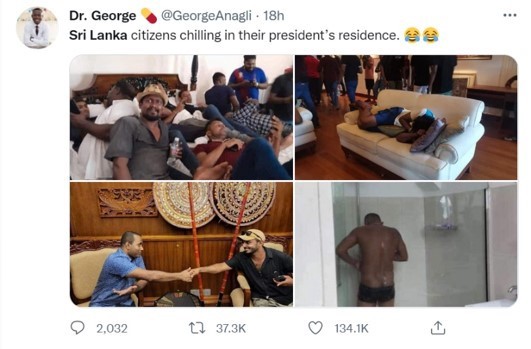
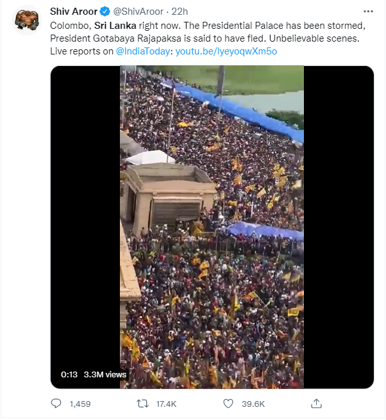
Video & photos posted on Twitter showing the crowd storming the Presidential Palace, on July 9, 2022
1. Sri Lanka’s deepened economic crisis results in growing popular unrest
The country is going through its worst economic crisis since independence: the government has completely emptied the country’s foreign reserves, to a point it is not able to import any basic goods, and the population is regularly suffering from power shortages.
On May 18, 2022, Sri Lanka defaulted on its debt for the first time in history. The country experienced decades of financial and economic crisis, which intensified during the past few months. This intensified as the government adopted numerous controversial policies, causing the depletion of its foreign reserves as well as a ban on several imports (including agricultural products needed by farmers). The agricultural sector was deeply hit — affecting the country’s exports (Sri Lanka is a major global exporter of tea, for instance).
People are starving, with buying the most basic products has become a daily challenge. On May 27, the government decided to limit the distribution of fuel to essential services (until July 10th) and recommended staying home, leading to a de facto lockdown, with schools closed down as most people not able — nor allowed — to purchase fuel.
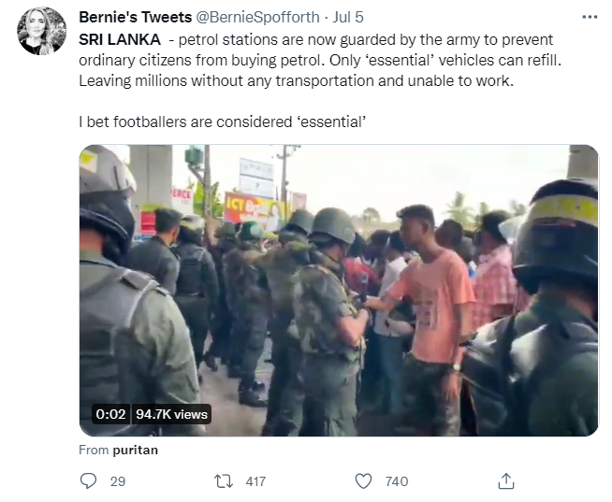
Tweet reporting the ban on fuel sales posted on July 5
2. Popular unrest: Is the bubble about to explode? Well, it did.
Mid-March, a social media campaign calling for the President’s resignation started to gain traction among the population — with the creation and the use of dedicated hashtags.
Popular calls to action were clear: Gota must leave — However, he was reluctant to step down.
This translated to a widespread social media campaign composed of:
-
Narratives — including comparisons to other regimes (see tweet)
Broad range of multimedia content — cartoons (see FB post), posts, videos
Hashtags — #GoHomeGota2022 (first mention March 6) #GoHomerajapaksas (first mention March 15) #giveourstolenmoneyback (first mention April 14) #RanilGoHome (first mention March 23) #SriLankaProtests (first mention March 17)
Bots and sock puppets — a great number of shares, most likely automated
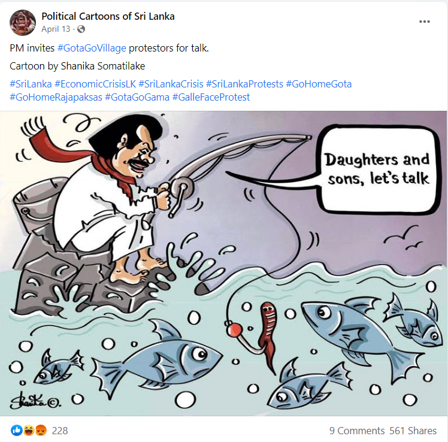
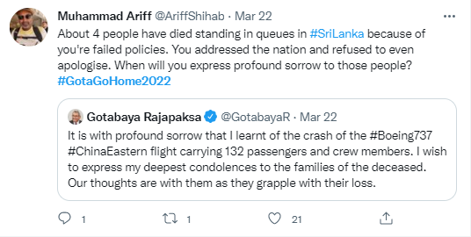
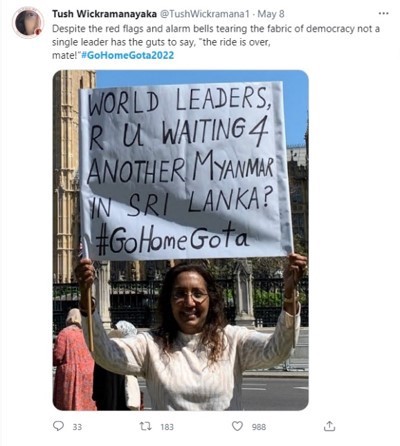
Tweets posted in March, April, and May 2022, using the campaign’s hashtags
On the night of March 31st, the first peaceful and spontaneous demonstration against living conditions and shortages turned into a massive protest asking for the resignation of President Rajapaksa. Clashes and violent rallies multiplied and made the headlines of international media outlets. The global media coverage of the popular unrest focused mostly on physical actions, and street demonstrations, while the discontent also manifested itself on social media.
The consequences of this unprecedented financial and economic crisis led the population to become even more vehement against the government and to demand accountability for decades of resources’ mismanagement.
Anti-government protests originally launched to denounce the government’s economic mishandling, responsibility for the current financial disaster, and continued corruption, led to general popular unrest, not only demanding the departure of the country’s top leaders but also calling for the restoration and conservation of democracy — in opposition to what is considered an authoritarian regime ruled by a dynasty.
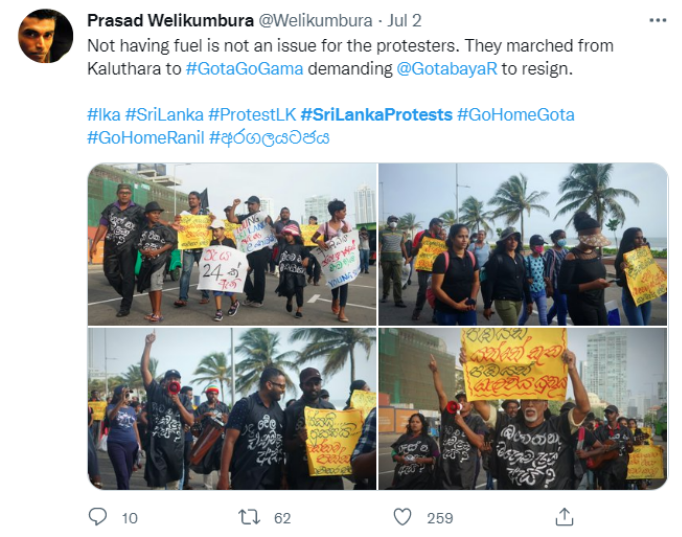
Tweet promoting protests and calling for the resignation of the President posted on July 2
President Gotabaya Rajapaksa has been designated as the main culprit for the economic crisis. Widely known as Gota, his name became synonymous with the anti-Government campaign aiming for his resignation: Gota-Go-Gama or “Gota Go Home”, “Gota Go Village”.
Massive protests — ongoing for months — turned violent, consequently leading to the instauration of a second public emergency on May 6, aimed at calming the public and regaining control of the streets. These protests also led to the resignation of the Prime Minister on May 9. The appointment of a new Prime Minister and the continuous worsening of the economic crisis failed in appeasing the general situation.
Instead of easing social tensions, the situation escalated after pro-government supporters gathered in front of the Prime Minister’s residence in the capital city, demanding he stay in office.
The new appointed Prime Minister, Ranil Wickremesinghe, a veteran of the Sri-Lankan political system, had already been Prime Minister (5 times) and was considered a safe decision in supporting Gota. Not surprisingly, the choice has been criticized by most of the population, including the political opposition and protesters.
As the response of the government evolved to more violent repression toward protesters, including the arrest of former officials, it fueled the campaigns against the authorities on social media — a vicious circle constantly fostering instability. The use of violence by the authorities aiming at silencing the crowd and restoring stability had also resulted in stirring up international criticism from NGOs and the media.
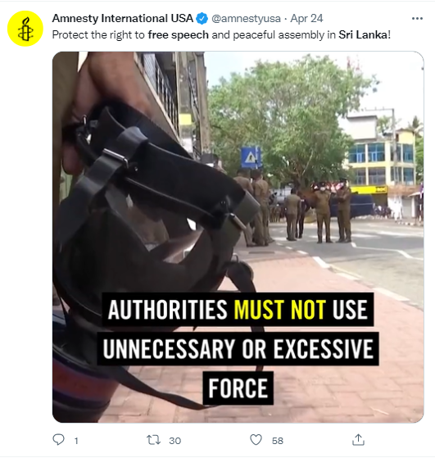
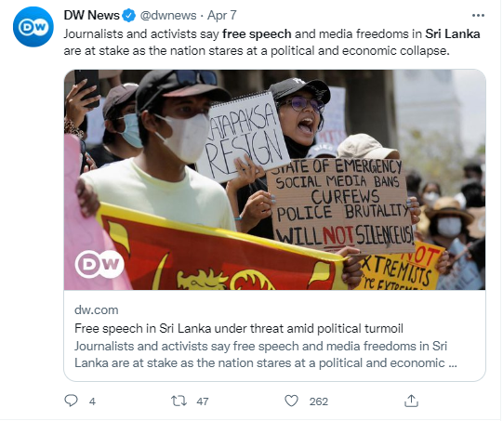
Tweets from an international media outlet and NGO denouncing authorities’ behavior toward the population posted in April 2022
The amounting public pressure came to a tipping point on July 9th, with the storming of the presidential palace, the crowd demanding the resignation of both the president and the PM. According to the parliament’s speaker on Saturday, President Gotabaya Rajapaksa said he would step down on 13 July, although no statement has been made by the president in person.
The coming weeks will be critical in the formulation of a new political regime in Sri Lanka, translating the involvement and power of spontaneous popular movements into real policy changes. Sri Lanka is at a crossroads: restoring stability and building a sustainable plan will constitute the main challenge. It must forge a new path, locally and regionally, to recover economically, while maintaining peaceful relations with neighbors, mainly India and China.
The Sri Lanka popular uprising should be a warning sign to other countries that are facing similar economic difficulties and social unrest. This is mainly obvious in Africa as well as in other developing countries. Governments must take proactive actions, to mitigate these risks and ensure political and social stability.
By Royi Burstien and Lea Abramski


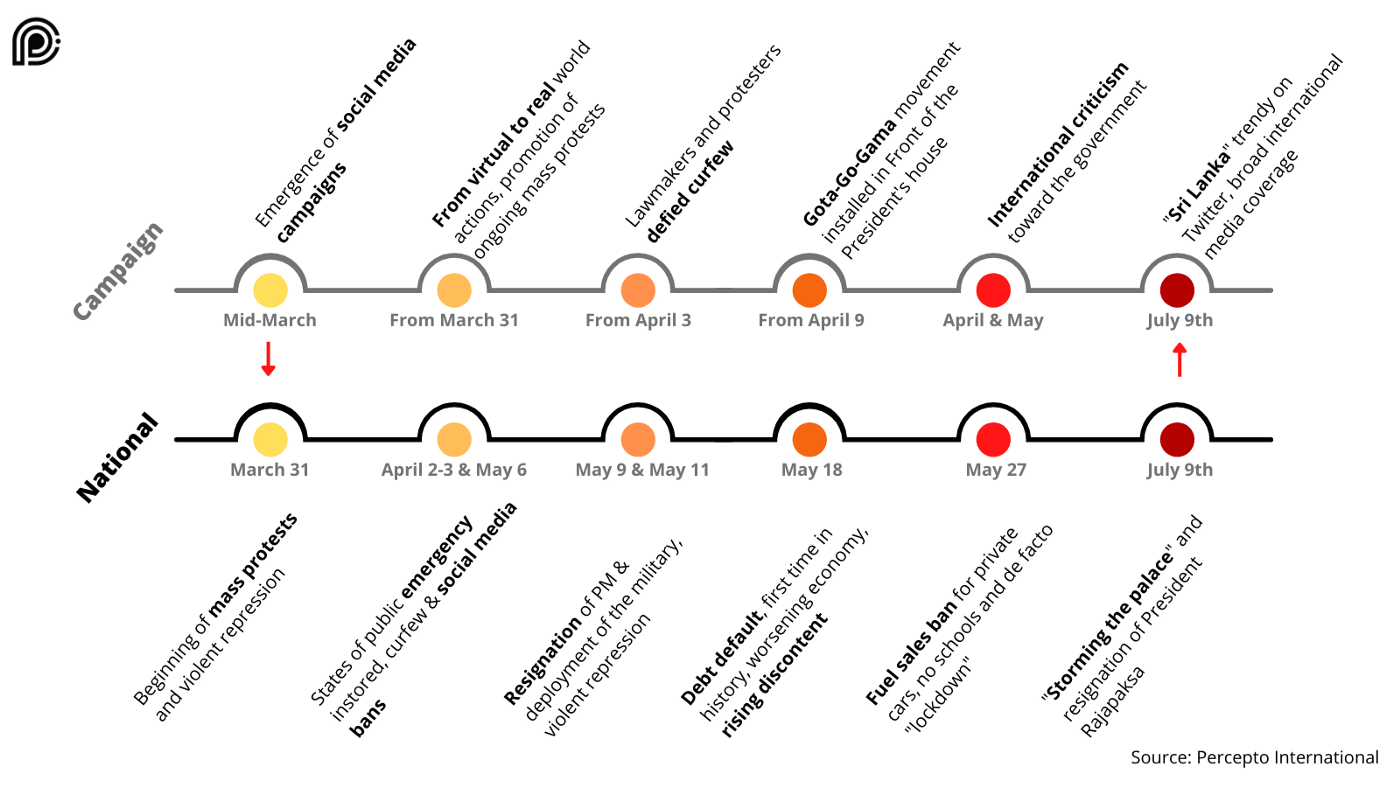
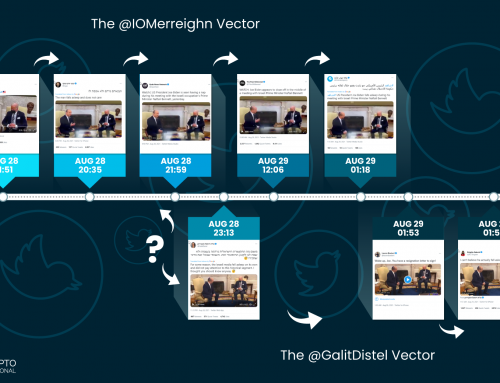
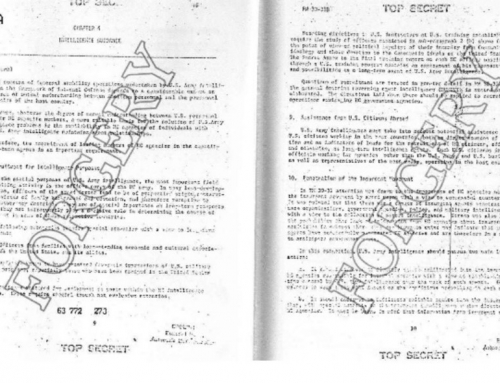

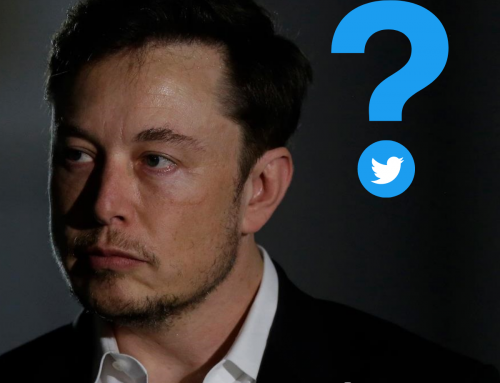
Leave A Comment